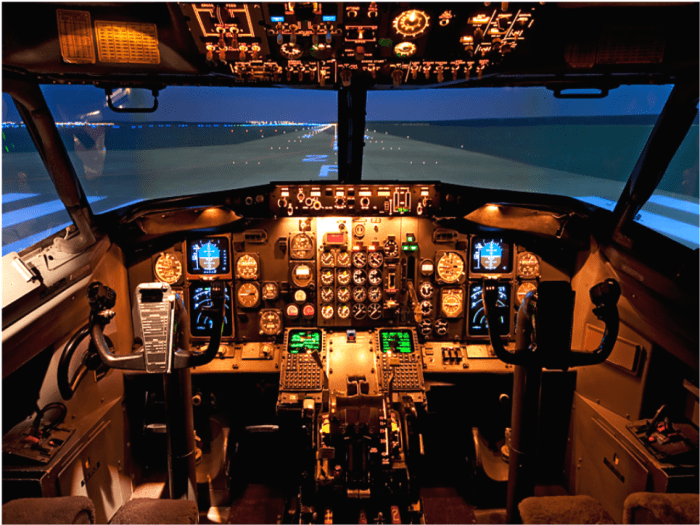As onboard computer modules include all of the following except the takes center stage, this opening passage beckons readers into a world crafted with good knowledge, ensuring a reading experience that is both absorbing and distinctly original. The following discussion delves into the intricate components of these modules, highlighting their functions and roles.
Furthermore, we will explore notable exceptions, comparing onboard computer modules to similar systems, and examining future trends that are shaping their evolution.
Components of Onboard Computer Modules: Onboard Computer Modules Include All Of The Following Except The

Onboard computer modules are typically comprised of the following components:
| Component | Function |
|---|---|
| Processor | Executes instructions and performs calculations. |
| Memory | Stores data and programs. |
| Input/Output (I/O) Devices | Connects the module to sensors, actuators, and other devices. |
| Power Supply | Provides electrical power to the module. |
| Operating System | Manages the module’s resources and provides an interface for applications. |
Exceptions to Onboard Computer Modules

The following components are typically NOT included in onboard computer modules:
- User interface
- Mass storage devices
- Network connectivity
These components are typically provided by external devices or systems.
Comparison of Onboard Computer Modules and Other Systems

Onboard computer modules are similar to other embedded systems, such as flight control computers and automotive ECUs, in terms of their functionality and design. However, they differ in their applications and specific requirements.
Onboard Computer Modules
- Typically used in aerospace and military applications
- Must meet stringent requirements for reliability and performance
- Often customized for specific applications
Flight Control Computers
- Used to control the flight of aircraft
- Must meet rigorous safety and certification standards
- Typically designed for high-performance and real-time operation
Automotive ECUs
- Used to control various functions in automobiles
- Must meet automotive industry standards
- Often designed for cost-effectiveness and low power consumption
Future Trends in Onboard Computer Modules

Several emerging technologies and advancements are expected to shape the future of onboard computer modules:
Increased Processing Power
Onboard computer modules are expected to become more powerful, enabling them to handle more complex tasks and applications.
Enhanced Connectivity, Onboard computer modules include all of the following except the
Modules are likely to be equipped with more advanced connectivity options, such as wireless and high-speed data links.
Artificial Intelligence
AI is expected to play an increasingly important role in onboard computer modules, enabling them to perform tasks such as autonomous navigation and decision-making.
Question & Answer Hub
What are the key components of onboard computer modules?
Onboard computer modules typically include microprocessors, memory, input/output interfaces, power supply, and communication modules.
What are some notable exceptions to onboard computer modules?
Components or features that are typically not included in onboard computer modules include displays, keyboards, and mass storage devices.
How do onboard computer modules compare to other systems like flight control computers?
Onboard computer modules share similarities in functionality and design with flight control computers, but they are typically smaller, less complex, and tailored for specific applications within a vehicle.